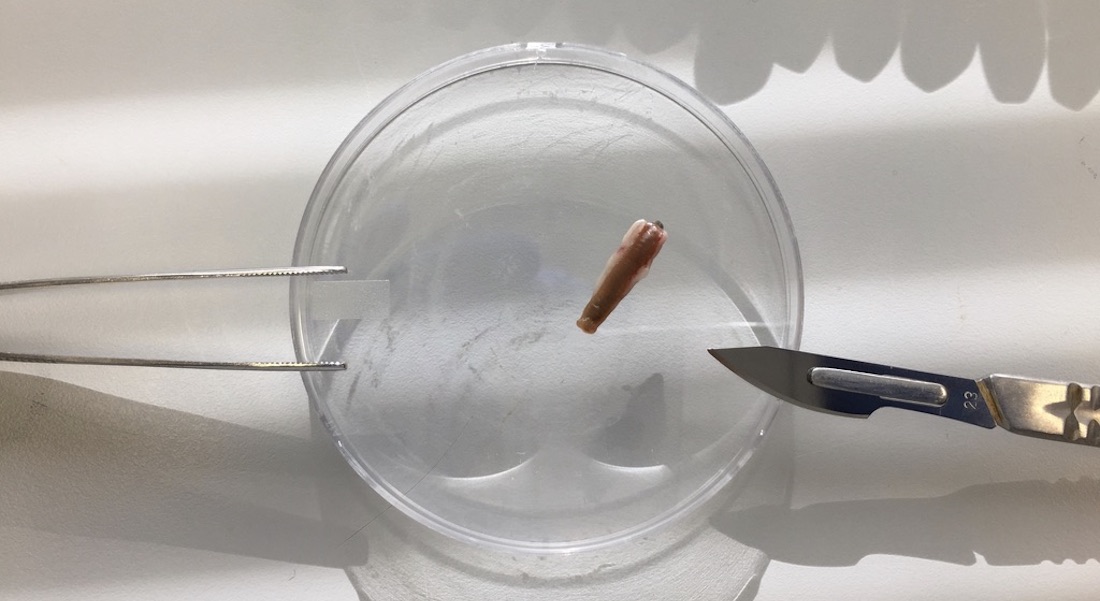New study uses multi-omics to better evaluate and explore the functional potential of probiotics
A newly published research study has explored the functional potential of pro- and synbiotics, using multi-omic datasets in order to account for the full scope of changes in the host fish and its gut microbiota. These findings may help the animal production industry to further their use of microbiome-associated tools.

Rather than only measuring growth performance or just characterising the microbial composition in the intestines of farmed rainbow trout, a new study carried out by researchers from the Center for Evolutionary Hologenomics have used multi-omic datasets to account for the full scope of changes in the host fish and its gut microbiota when exposed to pre- and synbiotics. The findings have recently been published in Microbiome.
“This study is the first study of any fish, where we combine 16S bacterial profiles, genome resolving metagenomics, and a massive scale of un-targeted metabolomics. Subsequently, we are using state-of-the-art techniques to really refine our results for both metagenomics and metabolomics to find novel bacterial associated metabolites and bacterial genomes," says PhD Fellow Jacob Agerbo Rasmussen, the first author of the study.
More sustainable industry
The animal production industry is increasingly looking towards microbiome-associated services such as the design of new and better probiotic solutions to further improve gut health and production sustainability of farmed animals. This industry trend is what the study feeds into by investigating the functional effects of bacteria-based pro- and synbiotic feed additives on microbiome-associated functions in relation to growth performance in the commercially important rainbow trout.
"Our study can be used in the future as a framework to investigate the microbiota and the associated metabolite composition in the intestinal environment, basically in any production animal,” says PhD Fellow Jacob Agerbo Rasmussen
Accounting for everything
Making use of multi-omic datasets, and looking past simply measuring growth performance or the microbial composition of the gut microbiota, means that the research study has taken in a fuller picture of the functional potential of probiotics. It allows both for the effects of the host genome and its associated microbiota to be taken into consideration, tracking changes in both parts of the whole.
“Having a broader perspective on how the bacteria and host interact gives me a basal belief that no bacteria will be resident in the intestine without a reason. Therefore I am always thinking about interactions between bacteria-bacteria and bacteria-host,” ends Jacob Agerbo Rasmussen.
Read the full study here.
Contact
PhD Fellow Jacob Agerbo Rasmussen
